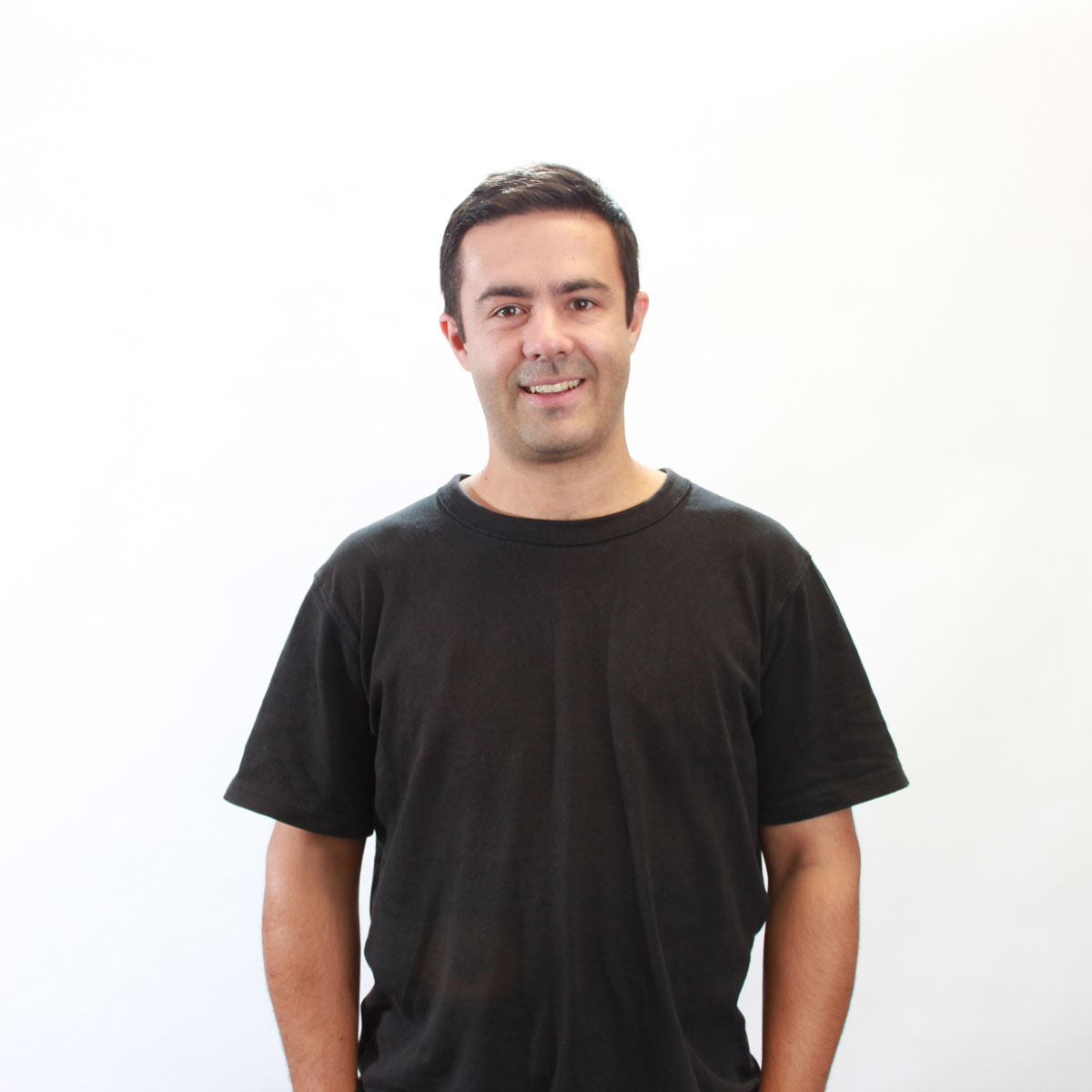Our electronics engineers and designers have joined forces with LRM Technologies and the Defence Science and Technology Group (DST Group) to create a revolutionary thermal camera that quantifies the stresses that cause metal fatigue in aircraft. The camera enables superior structural performance sensing with its advanced features compared to existing technology.
The team of electronics hardware and firmware engineers, industrial designers and mechanical engineers at outerspace, designed the new 1mK thermal camera, managed compliance testing and collaborated with DST Group to design the software interface. DST Group are pioneers in research into thermal testing techniques and are a key opinion leader in the field.
The 1mK camera supercedes current technology in testing – in the research, aerospace, defence and structural inspection markets with a powerful combination of accuracy, size and cost.
LRM Technologies is an Australian distributor of lasers and thermal imaging cameras. Their lasers are typically used in manufacturing processes such as jewellery engraving and metal cutting.
The new 1mK camera will be launched under the new 1 milliKelvin brand, representing the unrivalled sensitivity and software solutions it can achieve. One milliKelvin equals 1/1000th (0.001) of one degree celsius, which the camera is able to resolve, making it over 30 times more sensitive than any commercially available uncooled infrared camera on the market. The innovative design utilizes emerging technologies such as compact, low power longwave infrared, USB 3.1 and thermoelastic stress analysis algorithms.
“The camera can resolve such a small temperature variation that it reveals stress in structural components that other techniques miss, even before a small fracture or crack forms,” says Scott Foster, Electronic Design Manager at outerspace.
outerspace devised a ‘reverse brief’ process in order to clearly understand what the new camera product might be and to clearly derive its features and requirements.
The 1mK thermal camera consists of a visual camera for identifying a sample in its view, for example – a part of an aircraft fuselage. A thermal sensor captures thermal images of the metal undergoing stress and processing software analyses the thermal sensor data, creating a resultant stress map of the sample on a computer.
“The design called for an integrated camera that can visualize and capture thermal images and time correlate them to a force that is being applied on a material. The time that the force or stress was applied to metal is important for the mathematics. The 1mK thermal camera does all of this,” Foster says.
The 1mK camera design analyses and records mechanical stress without needing a sensor to be in contact with a surface. The camera is perfectly suited to the analysis of structural integrity of aircraft and is also used in the design verification stages of new aircraft construction. In the future, it could also be used for structural health monitoring of aircraft to guide preventative maintenance.
In the three-way partnership, DST Group is the developer of the software processing technology and has driven the research for the last decade. LRM is the program sponsor and outerspace is the design and engineering product development consultancy.
“outerspace developed the integrated thermal camera hardware and firmware in a way that it can integrate with the software processing technology. We worked as a multidisciplinary product development team with electronic design, firmware design, mechanical design and industrial design capability in-house,” adds Foster.
“There were technical challenges in integrating the thermal and visual camera modules into a bespoke electronics design and bespoke enclosure. Some of the internal module interfaces were very new. This meant they didn’t work as per the documentation. Collaboration was required between the technical team at outerspace in Australia and an engineering team in the USA,” Foster explains.
Multiple moving pieces were required to come together for this project to be a success. Project management of the multidisciplinary team, under budget constraints, was very important. All electronic products had to pass strict Electro Magnetic Compliance (EMC) regulations. Passing these requirements for both Australia and Europe was a big milestone.
Identifying the target market and correlating this to the styling of the product was key. Given that this is a new product, accessing the market for feedback was a challenge. outerspace created three different digital sketches of the device to visualise what the product could look like. These were then distributed to key opinion leaders who identified the correct design.
outerspace assisted with development funding by identifying the correct business grants to apply for. Two rounds of the Victorian government voucher program called Boost your Business, under the Defence and Aerospace stream have been used to accelerate this development and made this product possible.
The 1mK thermal camera has passed compliance and is now entering pilot production for sale. It will be distributed to early adopters for feedback and is due for release in mid-2020 (pending developments with Covid19).









